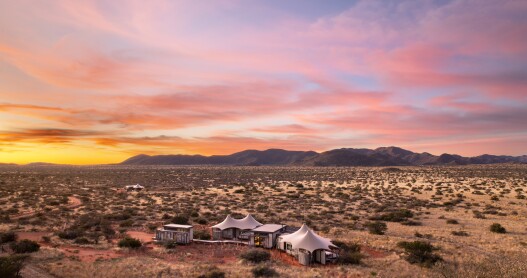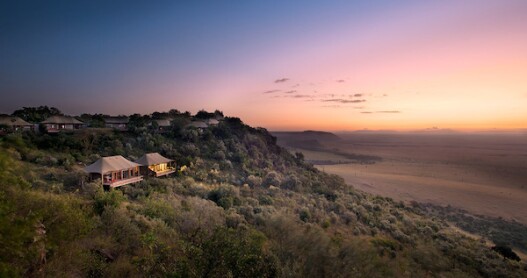Overview
When’s the best time to go to Kenya?
There’s not really a bad time to come to Kenya, as even in the rainy seasons (April, May, and November) the days are still predominantly sunny, with rain showers only in the evenings or early mornings. The rains also encourage lots of wildlife to come out and munch on the luscious grasslands, so if safari is your main agenda then coming at a wetter time of year is not a bad idea. If the thought of rain sends shivers down your spine, aim for the dry season: July to October and January to February. Although temperatures vary significantly across the country—hot and humid at the coast, hot and windy in the north, cooler in Nairobi and the highlands, and drier and hotter as you head toward the Tanzanian border—these temperatures stay roughly the same all year.
How to get around Kenya
International flights arrive at Jomo Kenyatta Airport, about 20 minutes drive from central Nairobi. It’s now possible to purchase your visa in advance online for most nationalities, but you can also buy it on arrival if necessary. Check out the eVisa portal for more information. Do note, however, that getting the visa on arrival takes a whole page of your passport, whereas getting online in advance it’s just a small stamp at the border.
There’s a number of ways to get around Kenya. If you’d like to self-drive, you can organise a rental car from Jomo Kenyatta Airport with Europcar. For taxis in and around Nairobi, download the Uber app to your smartphone, or try the Little Cab app, a Kenyan-only Uber competitor. You can fly around the country using small charter flights with Safarilink and Air Kenya, which take off from Nairobi Wilson airport. If you’re booking a safari or tour your booking operator will often be able to arrange flights for you. Another great airline for getting around the country is Fly540, especially if you’re heading to the Kenyan coast.
Food and drink to try in Kenya
Kenya has a colorful and varied food scene, with influences from across the globe—including spicy dishes brought over by the Indian community, pineapples and chilis from Brazil brought by the Portuguese, and European vegetables and fruits. That’s without mentioning traditional Kenyan foods: staples such as ugali (like rice, but made from maize flour), sukuma wiki (a leafy green vegetable that’s a little tougher than spinach), and beans are the most commonly eaten foods in Kenya. Nairobi has a surprising array of excellent restaurants offering everything from Thai food, to gourmet burgers, to stone-baked pizzas.
Culture in Kenya
Kenya’s cultural heritage is particularly vibrant. There are a huge range of tribes here: from the colorful, beautifully adorned Maasai warriors in the south to the bejeweled Samburu tribesmen and women in the north, to name just two. Village visits can be arranged to meet the tribes and see traditional ways of life. In the Marsabit region, take a trip to the Singing Wells. Locals take their cattle there everyday and sing as they form a human chain to scoop water from the well to the trough. In Nairobi, visit the Nairobi National Museum to see the early human fossils, and check out the Maasai Market to pick up some local Kenyan handicrafts (although beware, some of the goods on sale are knock-offs made in China).
In Nairobi, the capital of Kenya, there’s always a huge range of festivals and events going on, from live music to thrift markets. For the most up-to-date information about what’s happening there, try Kenya Buzz (a local events website) or EatOut for the latest information on restaurants and bars. Further afield, Kenya has a number of annual events worth attending. The Lake Turkana Festival, held on the shores of the lake in Loiyangalani each year, is a colorful celebration that brings together local tribes, while the Lamu Yoga Festival is a chance to find your bliss on the beach. Athletes should check out the annual Lewa Marathon, with the chance to jog past zebra and antelope on a nature conservancy, while petrol heads should explore Rhino Charge, an off-road motorsport competition that raises money for conservation each year.
Local travel tips for Kenya
Kenyans are a friendly people with an excellent sense of humor. Tourism is a huge part of the country’s income—as such, tourists are made to feel very welcome here. Local languages spoken are English and Swahili. Phrases you’ll hear include jambo (hello), habari? (how are you?), asante sana (thank you very much), and karibu (welcome). Learning a few Swahili words is highly recommended—even though English is widely spoken, it always delights locals to hear visitors having a go. The local currency is the Kenyan shilling. It’s usually easiest to get cash on arrival in Kenya as there are plenty of cash machines in Nairobi and a couple at Jomo Kenyatta airport. Credit cards are widely accepted in Nairobi, but if you’re heading out of town, take some cash.

















